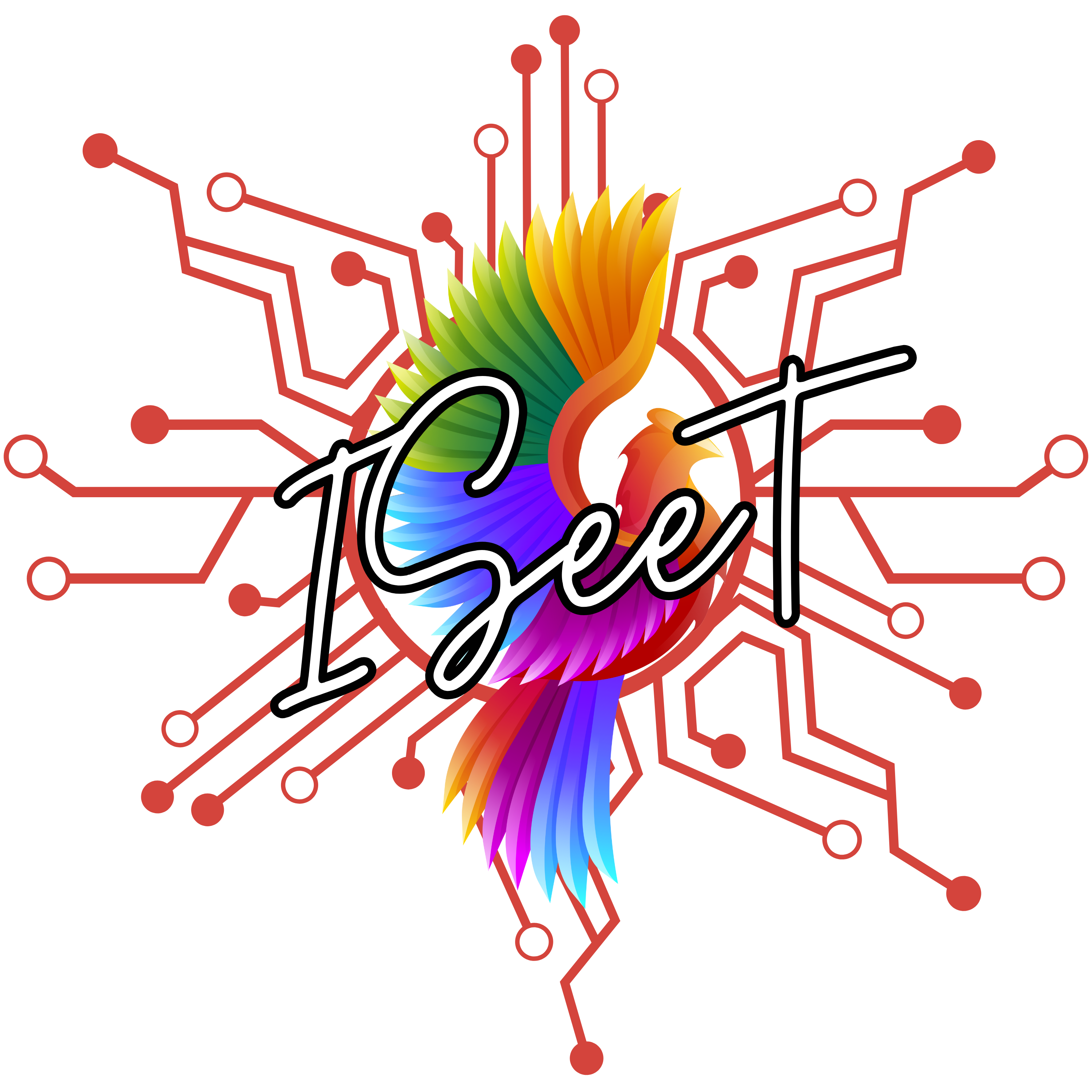Frank Schroeder
Windows Support Technician also known as Specialist for Layer 8 Problems (insider will understand)
01.07.2024 - I worked for already 25 years as Support Technician
02.05.2024 - I worked 5 of these 25 years for the Government of Luxembourg
So yes, I have a very big knowledge but still don't know everything
- My Beginning
- Self Employment Trip
- Back to the normal market
- Working for the Government of Luxembourg
Since July 1st, 1999 I have been working as an IT technician who went to the customers’ home or office to solve their problems. This made me see a broad range of problems and helped me to develop my analysis skills to the top. Also, I saw during those years a multitude of PCs, servers, printers and all other kind of hard- and software.
As I am a technician who loves learning by doing I learned nearly all in that way and not by doing training. (for server diagnosis I bought as example my own server to work/test on it at home).
So over the years I worked for many companies like Data Team Luxembourg, Tree Top or Vesperia (to only mention a few of them) and I mainly worked in all those companies as field technician.
In the years 2011 till 2015 I worked for my self. I mainly supported doctors with a software called GECAMed, which I memorized over the years and most of the time I was nearly the only person who gave support for that program.
Unfortunately in 2013 I trusted the wrong persons and lost nearly all what I owned (over 100.000€ in damage).
I never really recovered from that and so I had to stop my activity in 2015
After my self-employment trip, I came back to the normal IT market and started to work for the Deutsche Bank (first external for Sogeti and then, since 01.02.2017, as internal employee). Unfortunately, they decided to not continue with my contract (from August until the end of the year 2017 over 100 employees had to go, especially from the IT sector). During that period, I used Service Now as ticket system and was mainly employed for Level 2 support (remote, phone and even onsite support). I had to create documentation for mainly the Level 1 support desk to improve the first call resolution. As well I generated an internal webpage for the users with self-explaining documentations (screenshots and point to point explanations). Furthermore, I created the Level 2 documentation for the other team members as I was the best (and/or fastest) in resolving problems due to my knowledge acquired all the years before, outside a service desk.
As I love IT, I am always staying open to learn everything new which is of course IT related. In that point, I must say that I never liked programming (applications) that much and that is why I never learned it but for the web development this is totally different.
I always created sites (mostly based on Joomla or WordPress CMS) as hobby and now I wanted to do that on a professional level too and looking at the market I often found offers for technician with web development skills (that was another reason for learning this). As the ADEM offers the Fit4Coding – WebForce3 course in web development, a course which I already wanted to do in 2016, I this time directly asked to get added on the list for the new session which was ideally in English and so I started the course on 04.01.2018 and ended it, of course successfully, on 27.04.2018.
After that I started to work as technician again, not as Web Developer, for the company where on of the WebForce 3 course teachers came from but I didn’t like the job too much (the company was OK!! – I mention this as many people thought that I didn’t like Vesperia)
So at the end, since Mai 2nd, 2019, I work for the government of Luxembourg and that again as technician. Here I am now a Windows Support agent and we have to maintain over 15000 computer distributed all over my country, Luxembourg.
I’m still continuing to learn new things in IT but I’m doing much less now than in my time when I was young. The point is now that I need the money for my family and no longer only for IT hardware lol.
